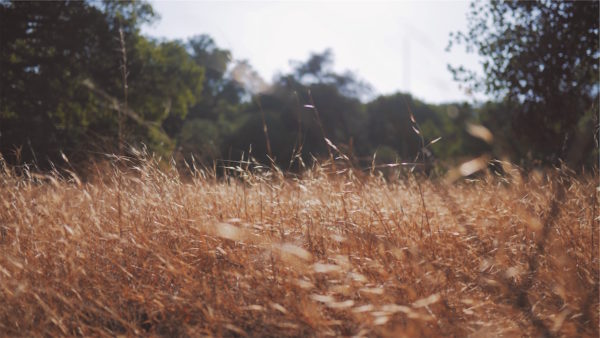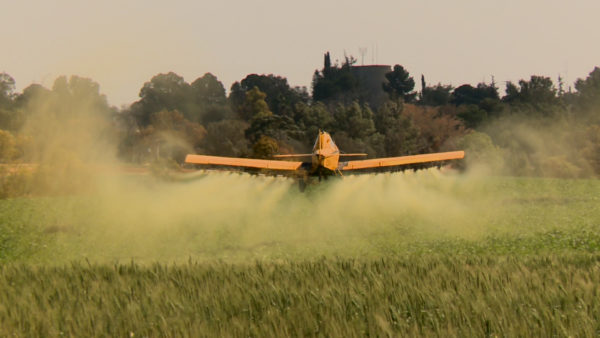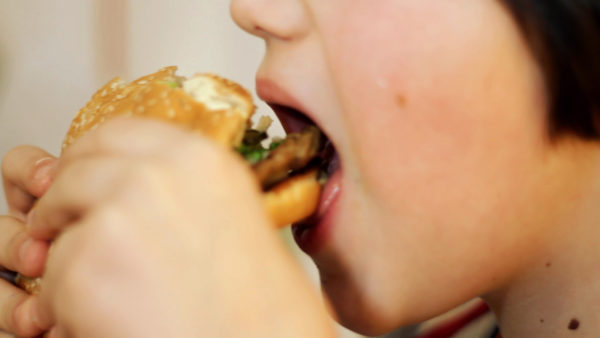 “‘Eat more healthy whole grains’ is among the biggest health blunders ever made in the history of nutritional advice.”
“‘Eat more healthy whole grains’ is among the biggest health blunders ever made in the history of nutritional advice.”
(Dr. William Davis, Author of Wheat Belly)
Three years ago I began my journey to better nutrition when I made the decision to eliminate wheat from my diet. It was a personal decision made because, after reading the book Wheat Belly by William Davis, MD, I believed wheat was bad for my health. I have noticed, however, that many others, or perhaps even most others, simply do not believe that wheat does them harm.
I’ve just previewed a new documentary called What’s With Wheat? It does an excellent job of explaining the problem with the modern wheat we eat. Well, actually, there are two problems. The first problem is how we have changed wheat, and the second one is how wheat has changed us.
How We Have Changed Wheat
Over the past fifty or sixty years, four major factors have conspired to change the food substance we call wheat so much that it doesn’t even resemble the wheat our great grandparents used to eat.
Firstly, farming methods have changed, with the majority of farming moving from small family farms, with lots of different crops and farm animals, to large industrial monocultures of one single crop with no animals in sight. Traditional farming methods harnessed the symbiotic relationship between lots of plants and animals to cultivate soils which contained an incredible amount of living organisms. Plants grown in such soil were naturally rich in vital minerals, trace elements and macronutrients. In comparison, the soils of modern-day monoculture farms are nearly sterile and subsequently the plants grown on them are nutritionally poor.
The second big change is the introduction of chemical farming for disease and pest control. This practice has bombarded our food supply with toxic chemicals. Some crops can get as many as ten (yes, ten!) doses of pesticides and chemicals on the way through the modern-day growing process. There were no such toxins in our great grandparents’ wheat.
Science has also dramatically changed wheat through hybridization. The goal of more calories per acre has come at the expense of the nutritional value of modern wheat.
On top of all that, modern production methods have reduced the time it takes to make a loaf of bread from two days to two hours. The two-day process used by our great grandparents to make bread removed some of the proteins and irritants of the wheat through fermentation. Modern production does not.
So, this is what we have done to wheat. In short, we have sucked all of the good stuff out of it with modern farming methods, left the bad stuff in it with modern production methods, and dosed it with chemicals that were originally designed for warfare. It’s not our great grandparent’s’ wheat anymore!
How Wheat Changed Us
Given how we have changed wheat, it will come as no surprise that it’s no longer good for us.
Wheat has been altered so much that it has been changed from the nutritious grain our great grandparents ate into a compound which causes inflammation, and which our modern bodies recognize as a toxin not a food. The shocking fact is that wheat has also changed us over the past fifty or sixty years, and not for the better.
It has made us fatter. Wheat has an addictive quality that makes us want to consume more and more of it.
It has also damaged our intestinal wall and created a health-wrecking modern-day malady called leaky gut.
In these ways, it has wreaked havoc on our digestive system, immune system, and entire nervous system, making us far more susceptible to modern-day chronic diseases. I did not realize until I researched this post that there are now more than one hundred autoimmune diseases, or that nearly one in every five Americans is afflicted.
I understand that wheat has been a trusted and favorite staple in our diets for generations. However, we must understand that we’re not talking about, or eating, the same thing as those previous generations. We must understand that it’s not our great grandparent’s wheat anymore!
The 30-Day Wheat-Free Challenge
So… In the light of all this, I have a challenge for you. Go wheat-free for thirty days.
Register HERE to watch the FREE global online screening of What’s With Wheat? It’s available for viewing from June 24 – 30.
Then go on a thirty-day wheat-free challenge and just see how you feel. I did it three years ago and I felt great. In fact, so great that I never looked back. Mark Sisson did it seventeen years ago and, as you’ll hear in the film, it fixed several of his personal health issues, which he’d assumed were simply a natural consequence of aging.
I hope you’ll take up the challenge. After all, you have so much to gain and nothing to lose. As Chef Pete Evans says in the documentary, “I can tell you with all honesty, if you give up wheat, you are not going to die from a deficiency from it.”
Image via Unsplash | This post may contain affiliate links, which means if you click and then purchase we will receive a small commission (at no additional cost to you). Thank you for reading & supporting Happy Living!




Great article; very informative!
Thank you Lisa. Did you sign up to watch the documentary?